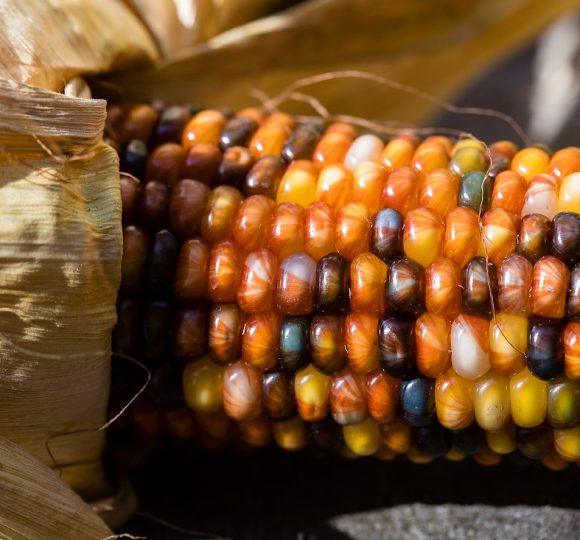In this paper, we analyzed how well the initial allocations made under the Environmental Quality Incentive Program (EQIP) addressed the environmental problems identified by the government and key stakeholders. The government defined 27 environmental and other variables which it weighted according to livestock and non-livestock issues. It took these variables into consideration when distributing the EQIP cost-share funds to the states. The variables can be grouped into categories such as soil erosion, water quality/quantity, grazing, animal waste, wetland and wildlife issues, as well as flooding threats and "special" consideration (including farms and ranches, native American tribal land and limited resource producers).
We first determined the distribution of EQIP funds on a state level. We then weighted each formula variable by the total weight used in the formula. The Spearman's Correlation Coefficient was used to see which variables are correlated with the funding distribution of EQIP 1997. Additionally, we summed the weighted variables into the categories to determine whether these general environmental concerns are targeted through EQIP fund allocation to the states. We then ranked the categories according to "severity" and compared them to the percentage of EQIP funds received by each state in 1997. Lastly, we selected certain environmental problems from the 27 formula variables and conducted the same ranking. Findings include:
1. Texas, Montana, Missouri, Kansas and Minnesota received the highest percentage of EQIP allocation, even though Montana and Kansas did not score very high on the environmental problem scale.
2. Since EQIP 1997 was a transitional year for the new conservation program, the funding did not deviate much from ACP 1994 and 1995 average allocations by design.
3. EQIP correlates extremely well with the formula variables used to distribute money to the states as well as with the environmental problem categories. The states receiving the most EQIP cost-share funds generally also have more environmental problems.
4. Some exceptions exist, particularly for the states which are arid and do not have many farms or ranches and. In some cases, the livestock that they do raise pose waste disposal problems.





